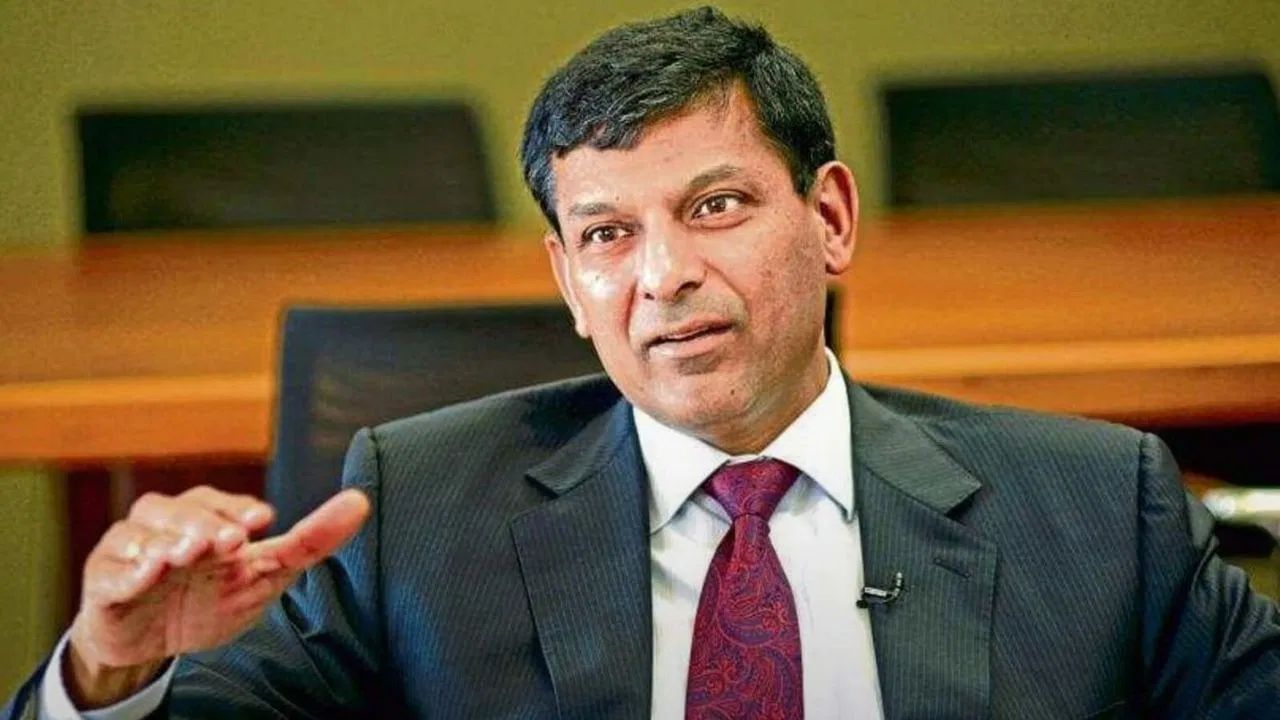
Former Reserve Bank of India Governor Raghuram Rajan recently shared insights on the potential ramifications of the tariffs imposed by the Trump administration on nearly 60 countries. With a broad range of tariffs between 10% to 50% announced on imports, Rajan suggests that the effects, particularly on India, may be less severe than anticipated. This article delves into Rajan’s perspective on trade dynamics, economic implications, and strategic responses that India can consider in light of these tariffs.
Understanding the Impact of Tariffs
According to Rajan, the initial consequences of these tariffs will predominantly affect the U.S. economy itself, marking a significant “own goal” for the Trump administration. He emphasizes that while tariffs are designed to protect domestic industries, the immediate fallout may lead to increased consumer prices in the U.S., consequently dampening demand and hindering economic growth in countries like India that export goods to the U.S.
The Challenge for U.S. Consumers
The U.S. has outlined a tiered implementation of tariffs, with a 10% duty effective from April 5 and a more significant 27% duty kicking in on April 9. Certain sectors, such as pharmaceuticals, semiconductors, and energy products, will be exempt from these tariffs. Rajan points out that since American consumers cannot easily switch to non-tariffed products, the overall impact on India will be moderated compared to direct tariffs imposed on it.
India’s Economic Resilience
Currently serving as a professor at the University of Chicago Booth School of Business, Rajan reiterates that the long-term goal of U.S. tariffs is to boost American production. However, achieving this goal will take considerable time. He believes that the U.S. counter tariffs are unlikely to cause inflation in India, as reduced exports may increase domestic supply, enabling better management of inflationary pressures.
Rajan also outlines that with nations like China now looking to export more to India due to closed U.S. markets, India has the potential to navigate this disruption effectively.
Turning Challenges into Opportunities
When asked whether India could leverage this crisis into an opportunity, Rajan highlighted that India could lower its own tariffs, potentially benefiting from reduced trade barriers, regardless of the U.S. tariffs. This strategy could enhance India’s competitive edge in the global market.
Strategic Approaches for India
Rajan emphasized the need for India to adapt its trade strategies in a world that is increasingly leaning towards protectionism. He suggested that India should consider expanding its trade relationships with ASEAN countries, Africa, and Europe, indicating that geographic diversification could lead to sustainable economic growth.
Building a balanced relationship with China and strengthening ties within the South Asian Association for Regional Cooperation (SAARC) should be strategic priorities for India, despite existing political differences. As global economies increasingly align into regional trading blocs, it is crucial for South Asia to remain connected and competitive.
Conclusion: A New Era of Trade Dynamics
In conclusion, the tariffs announced by President Trump represent a significant shift in global trade dynamics. While the immediate effects might appear intimidating, Rajan’s insights suggest that India could navigate these changes strategically, potentially positioning itself as a more formidable economic player in the coming years. By focusing on strategic partnerships and diversifying trade relationships, India could not only mitigate the impacts of the tariffs but also unlock new opportunities for growth and collaboration.
